Achieving environmental justice in classrooms is imperative and can ensure that all students have access to healthy and safe learning environments, regardless of their zip code. Lack of environmental justice may be seen through inadequate school facilities resulting in several negative consequences for students, including:
Disproportionate impact on students of color and those living under the poverty line: Inadequate school facilities are more likely to be found in low-income communities and communities of color. As a result, students of color and those living under the poverty line are more likely to be exposed to environmental hazards in their schools.
Poor learning: Students who are exposed to poor indoor air quality or other environmental hazards are more likely to experience health problems, such as asthma, allergies, and respiratory infections. These health problems can lead to absenteeism and decreased academic performance.
Chronic health conditions: Long-term exposure to environmental hazards can lead to chronic health conditions which can have a significant impact on a student’s quality of life and ability to learn.
Energy Performance Contracts (EPC) are a way to help address long-standing inequities in school facilities. EPC’s are a type of financing that enables schools to make energy efficiency upgrades to their buildings without having to pay for them upfront. Instead, the school district pays for the upgrades over time, through savings on their energy bills.
The School District of Philadelphia, one of the largest school districts in the United States, chose to pursue an EPC to finance building upgrades and promote academic achievement among its students. With a considerable number of buildings requiring significant infrastructure enhancements, this intricate endeavor involved various elements such as improving lighting systems, installing new heating, ventilation, and air conditioning (HVAC) systems, and implementing digital temperature controls. These improvements not only enriched the learning environment but also led to reduced operational expenses. Additionally, the district established a sustainability plan that involved ongoing training and support for staff members. View project here.
EPC’s can have several benefits for schools, including:
Reduced energy costs: EPC’s can help schools to reduce their energy costs by up to 30%. By redirecting energy expenditures to pay for improvements (such as lighting, HVAC, comfort controls), funds that would have been used to pay for these projects can be redirected toward educational programs and other district priorities.
Improved indoor air quality: EPC’s can help to improve indoor air quality by reducing pollutants such as mold, dust, and pollen. This reduces the number of students and teachers who are absent due to health problems.
Increased comfort and productivity: EPC’s can help to increase the comfort and productivity of students and staff while simultaneously making the school environment more energy efficient. This also leads to improved academic performance and reduced absenteeism.
EPC’s are a powerful tool that can be used to advance environmental justice in classrooms. Not only do EPC’s make school facilities more energy efficient, EPC’s can help to reduce environmental hazards, improve indoor air quality, and create healthier and safer learning environments for all students.
EPC’s are a win-win for school districts and students. They help to improve the health and safety of students and staff, reduce energy costs, and save money and they are a powerful tool that can be used to advance environmental justice in classrooms.
Also of Interest
Ossining School District’s Energy Performance Contract is a GO!
What to do NOW Before the Windows Close for ARP ESSER and IRA Funding
